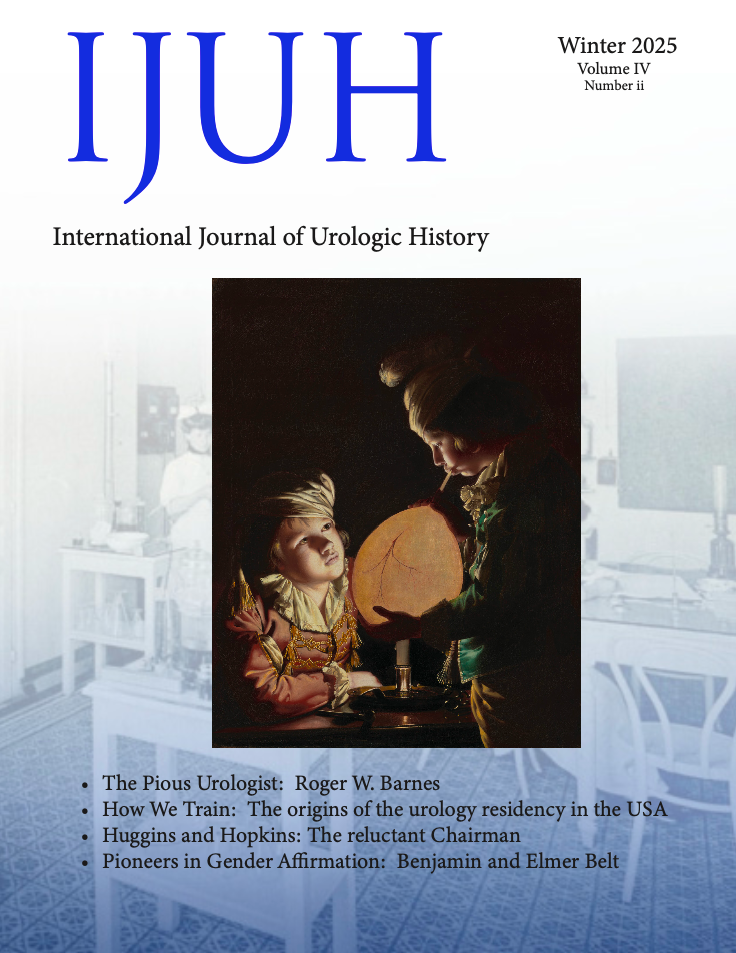The Historical Origins and Contemporary Role of the Endoscopic Treatment for Urethral Stricture Disease
Abstract
Introduction
Stricture of the urethra has plagued humans likely longer than the historical record. Modern approaches to urethral stricture disease (USD) include excision and primary anastomosis, buccal mucosal onlay repair, and the emerging potential of tissue regeneration. Those who managed patients with USD benefits from a compelling narrative shaped by centuries of medical advancements, societal attitudes, and evolving treatment techniques. Urethral dilation and urethrotomy remain important tools in general urology, especially for those with short, benign appearing strictures. We explore the historical origins and developments of dilation and urethrotomy for the treatment of urethral stricture disease (USD).
Sources and Methods
Primary and secondary sources related to USD were reviewed and put into perspective within current practices.
Results
The earliest known treatment for USD is from the Ayurveda, in which its founder used urethral dilators lubricated with ghee. Erasistratus of Greece was said to have developed S-shaped metal catheters around 200 BCE, adapted and modernized by the Romans who used lead and bronze dilators. A renewed focus on USD arose in the 16th century during the first recorded gonorrhea epidemic and a primitive form of internal urethrotomy was developed. The introduction of the lanceolate-shaped catheter in 1795 allowed for successful internal urethrotomy. In the 1990s, Freid and Smith described a Seldinger technique for dilation over a wire and Steenkamp et al. demonstrated equivalent outcomes between filiform dilation and direct visual internal urethrotomy. In 2007, Herschorn of Canada introduced S-shaped coaxial urethral dilators; In 2011, Gelman et al. described direct vision balloon dilation. Recently, drug-coated balloon dilation is being investigated.
Conclusions
The origins of the endoscopic treatment of USD can be traced back to over 26 centuries ago and are dependent on corresponding advances in microchip development, fiber optics, and tissue regeneration.
